Titbits and News from the Mare Nostrum
Exploring the Hidden Daily Life of Emperor Hadrian: Unveiling Roman Fragments in Ostia Antica
Step into the past with our journey to Ostia Antica, where fragments of marble slabs reveal the hidden moments of Emperor Hadrian's reign. Join us as we examine the fasti ostienses, a unique calendar of ancient Rome, shedding light on Hadrian's deeds and legacy.
By Nick Nutter on 2023-08-22 | Last Updated 2025-05-20 | Titbits and News from the Mare Nostrum
This article has been visited 2,681 times

Ostia Antica
In the heart of Italy, close to the eternal city of Rome, lies a treasure trove of history waiting to be discovered. Ostia Antica, once the port for ancient Rome, now an archaeological park steeped in the remnants of a bygone era, has once again offered up its secrets to the world. This time, the spotlight shines on none other than the enigmatic Roman Emperor Hadrian, whose reign shaped the very foundations of the ancient world.
Do you enjoy my articles? For your reading pleasure, this website does not carry third party ads. You could help me write more articles by buying me a cup of coffee.
Amidst the ruins of Ostia Antica, a team of passionate archaeologists from the University of Catania and the Polytechnic University of Bari embarked on a journey back in time. Their quest? To uncover fragments of marble slabs, etched with the echoes of Emperor Hadrian's daily life. These fragments, known as fasti ostienses, are a unique form of calendar that chronicles the pivotal moments involving emperors and dignitaries in ancient Rome.
New fasti ostienses


The discovery itself was a tantalizing puzzle coming together. Two fragments emerged from the depths of history, each whispering tales of the past. Experts marveled at how one piece seamlessly fit with another, like a missing piece of a grand mosaic. The first fragment, hailing from the year AD 128, gave us a window into January 10th, when Hadrian was bestowed with the title "pater patriae", the father of his country. On that day, the emperor celebrated by bestowing a generous donation upon his people, a gesture that spoke volumes about his rule.
But the revelations didn't stop there. Another date, April 11th of the same year, offered insight into Hadrian's travels to Africa and his triumphant return to Rome in the months that followed. And then, an intriguing clue emerged, a mention of a building consecration. Could it be the illustrious Pantheon, that architectural marvel that still stands today? Or perhaps the Temple of Venus and Roma? The inscription hinted at August 11th, marking his 11th year as emperor, a testament to a reign that left an indelible mark on history.
These fragments weren't just ancient inscriptions; they were windows into the heart and mind of a ruler who shaped an empire. The forum of Porta Marina, once a bustling hub of activity, yielded its secrets to the dedicated team. It was here, amidst the weathered columns, that the fasti ostienses were engraved, immortalizing the history they bore witness to.
Alessandro D'Alessio, the visionary director of the archaeological park, couldn't contain his excitement. He saw this "extraordinary discovery" as a bridge connecting us to Hadrian's world, a chance to comprehend the structures he raised in Rome and the legacy he left behind. With each fragment, the story of ancient Ostia became clearer, a story interwoven with the threads of the past.
Even Italy's Culture Minister, Gennaro Sangiuliano, joined in the chorus of appreciation. He noted that these excavations had not only enriched our understanding of Ostia and Rome but also provided a deeper insight into the lives of the people who walked those cobblestone streets, centuries ago.
This isn't the first time fasti ostienses have graced Ostia Antica with their presence. In the midst of the 20th century, between 1940 and 1941, and then again from 1969 to 1972, these fragments unveiled themselves to the world. One of them, much like an old friend, connected with the recently uncovered piece, forming a comprehensive chronicle of the years AD 126-128. Some of these fragments, stretching across the years AD 49 to AD 175, find their home in the hallowed halls of the Vatican Museums, a testament to their historical significance.
As you explore Ostia Antica today, less than 19 miles from the heart of Rome, you'll find not just ruins, but remnants of a world that once thrived. A theater where laughter and drama once echoed, the remains of Roman baths where citizens found respite, schools that nurtured young minds, temples that held the devotion of the faithful, and even a synagogue that whispered of diversity.
Ostia Antica's story is a symphony of ages, a tapestry woven from the lives of those who walked its streets. And now, with these newfound fragments, the narrative of Emperor Hadrian, his triumphs, his contributions, and his connection to this ancient city, has been woven a little more intricately into the grand design of history.
Do you enjoy my articles? For your reading pleasure, this website does not carry third party ads. You could help me write more articles by buying me a cup of coffee.
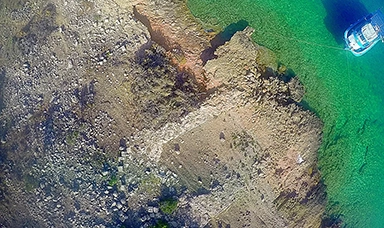 Dana Island, oldest ancient shipyard
Dana Island, oldest ancient shipyard A Bronze Age Courier Service
A Bronze Age Courier Service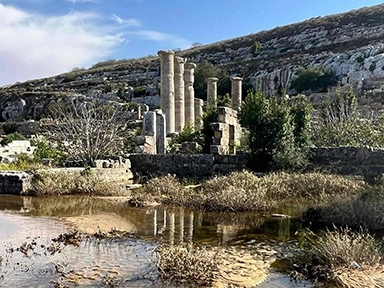 Cyrene's Lost Treasures
Cyrene's Lost Treasures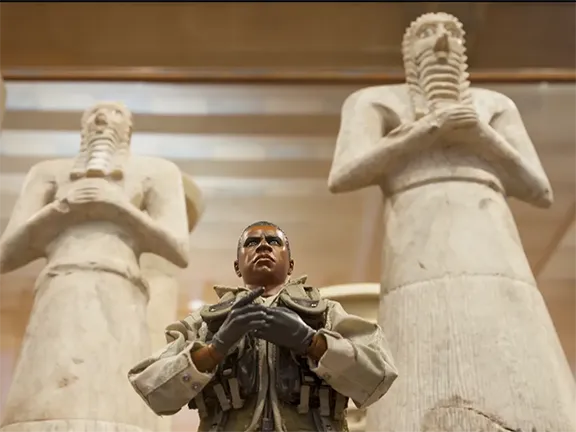 The Invisible Enemy
The Invisible Enemy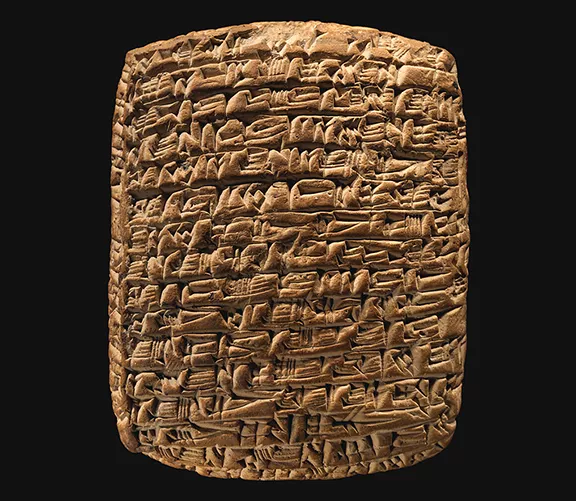 The World's First Company
The World's First Company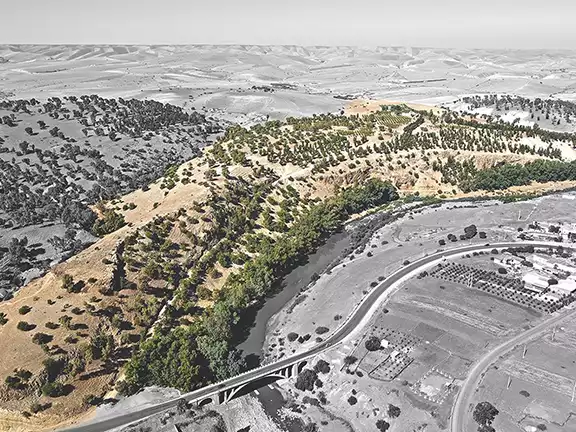 The Copper Age Site of Oued Beht
The Copper Age Site of Oued Beht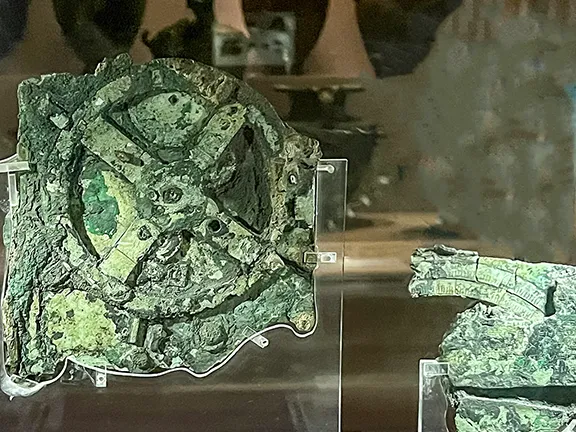 How the Antikythera Mechanism Works
How the Antikythera Mechanism Works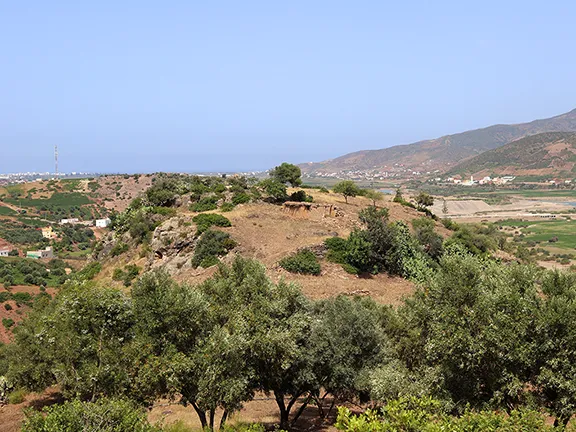 Kach Kouch and Iberia
Kach Kouch and Iberia Mediterranean Diet Evolution
Mediterranean Diet Evolution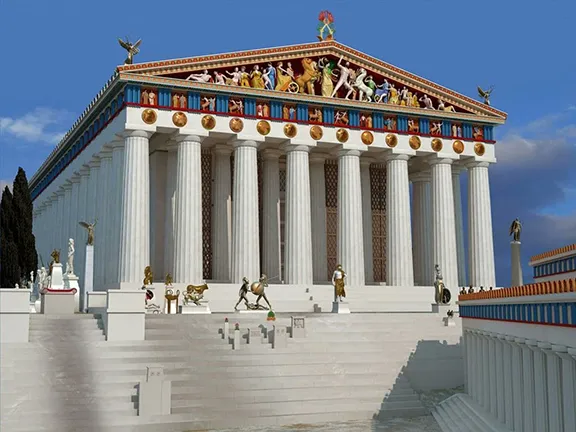 Hidden Colours of Ancient Statues
Hidden Colours of Ancient Statues Cleopatra: Egypt's Last Pharaoh
Cleopatra: Egypt's Last Pharaoh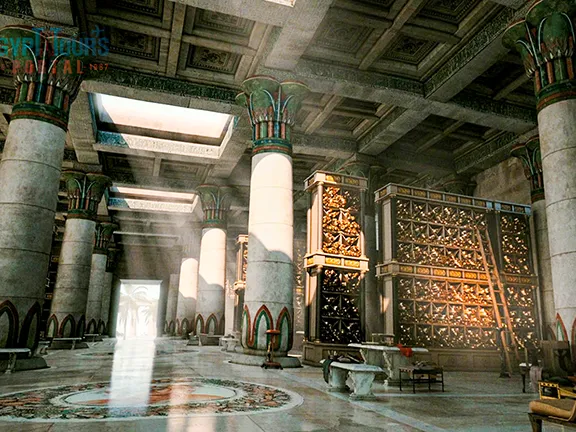 Alexandria Library's True Fate
Alexandria Library's True Fate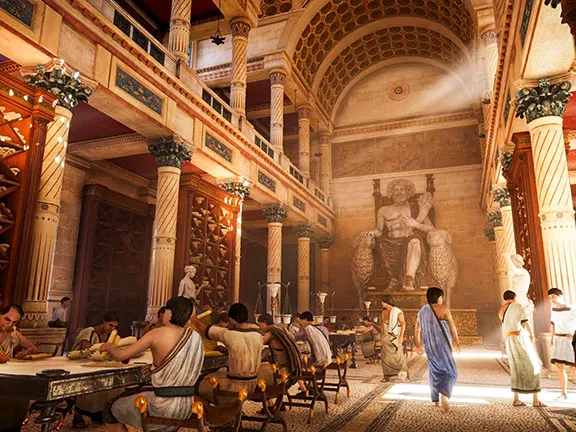 Six Great Ancient Libraries
Six Great Ancient Libraries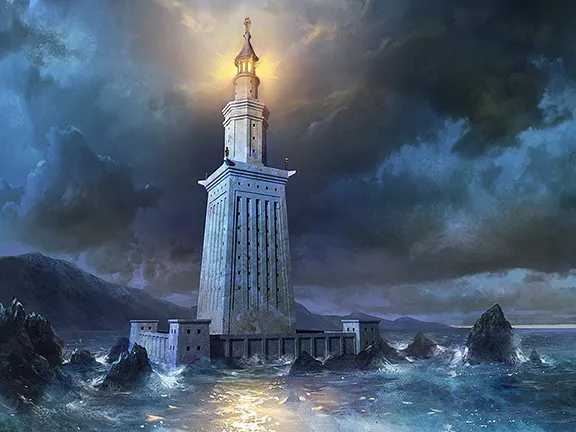 Ancient Greek Technology
Ancient Greek Technology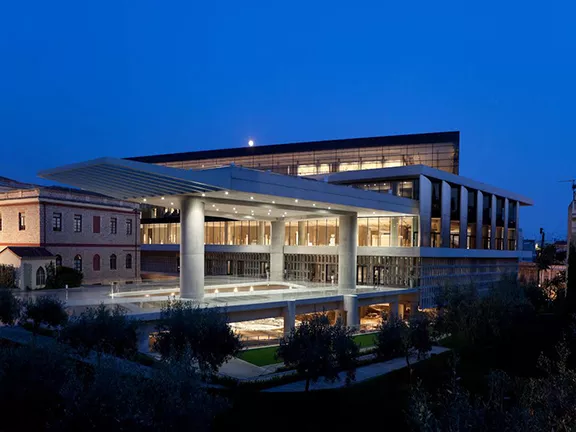 Broadening Horizons
Broadening Horizons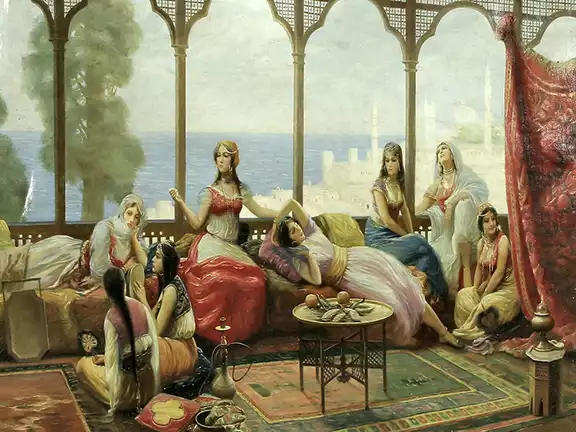 The Nadītu Investors of Sippar
The Nadītu Investors of Sippar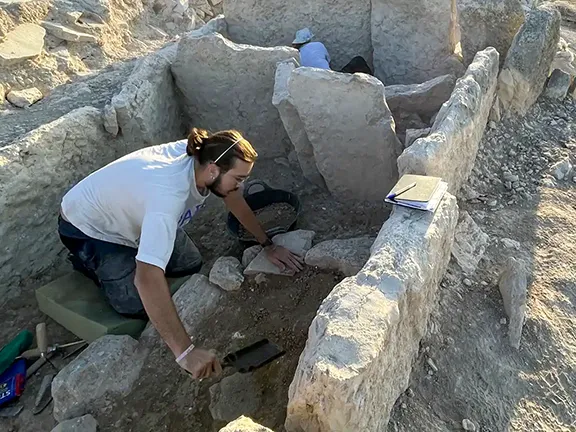 The Dolmens of La Lentejuela Teba
The Dolmens of La Lentejuela Teba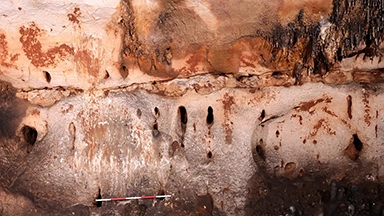 New Cave Art Discovery in Valencia region
New Cave Art Discovery in Valencia region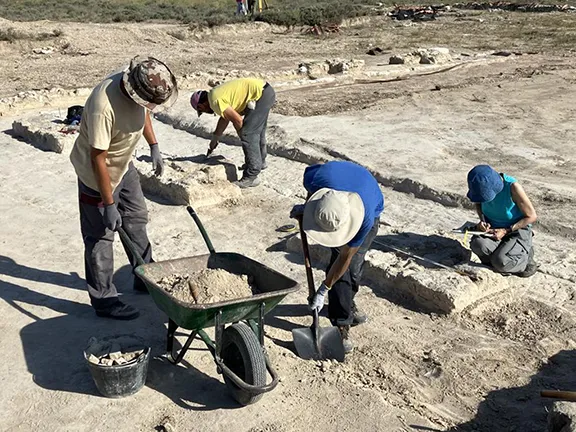 La Cabaneta Oldest Roman Forum in Iberian Peninsula
La Cabaneta Oldest Roman Forum in Iberian Peninsula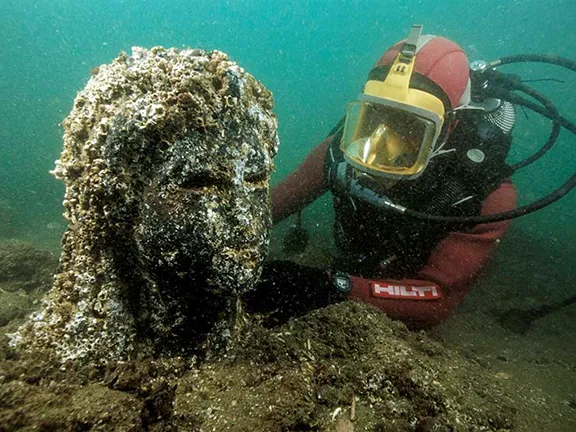 New Discoveries at Ancient Sunken City of Thonis-Heracleion
New Discoveries at Ancient Sunken City of Thonis-Heracleion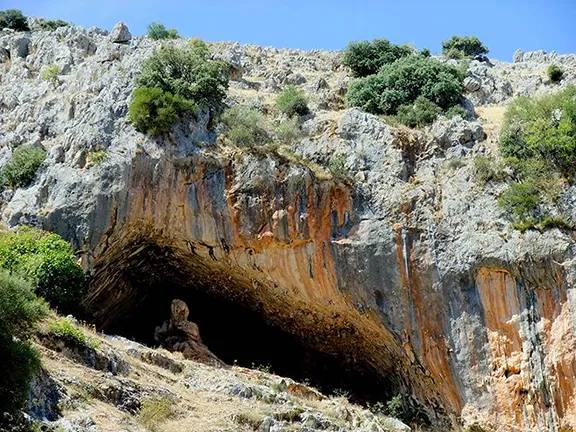 Europe's Oldest Shoes Found: 6,000-Year-Old Sandals Woven from Grass
Europe's Oldest Shoes Found: 6,000-Year-Old Sandals Woven from Grass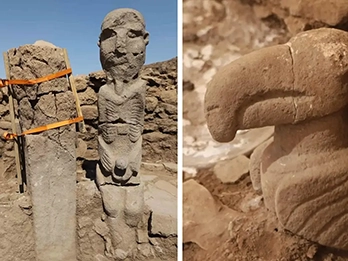 Discoveries at Gobekli Tepe and Karahan
Discoveries at Gobekli Tepe and Karahan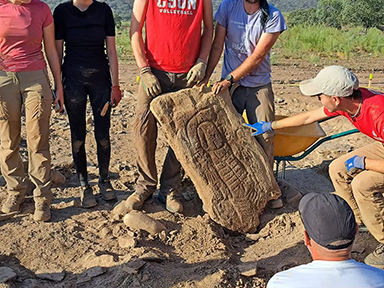 Decorated Stelae found in Canaveral de Leon, Spain
Decorated Stelae found in Canaveral de Leon, Spain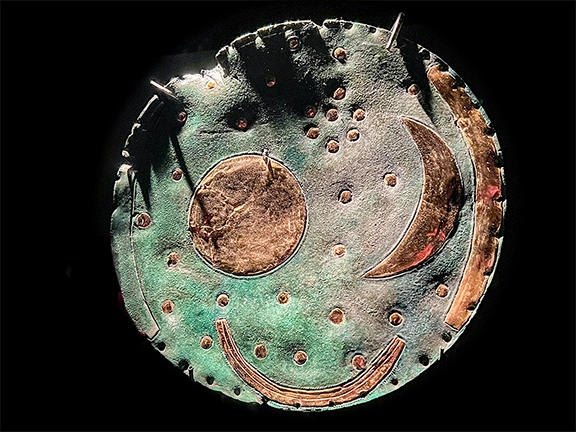 The Nebra Sky Disc: A Bronze Age Calendar
The Nebra Sky Disc: A Bronze Age Calendar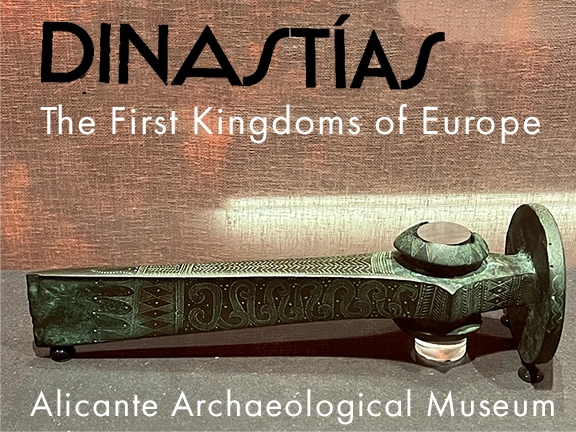 New Exhibition at the Archaeological Museum in Alicante
New Exhibition at the Archaeological Museum in Alicante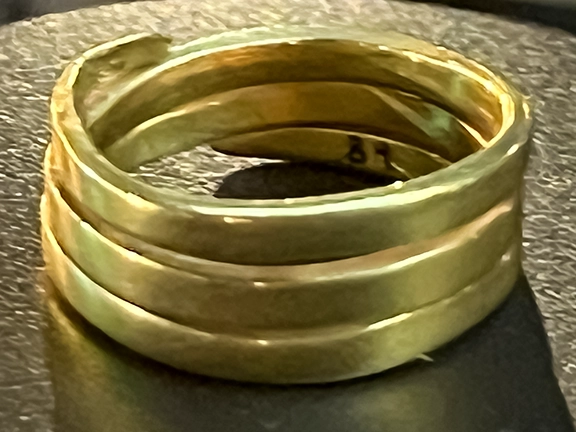 Bronze Age: A Golden Age for Jewellery
Bronze Age: A Golden Age for Jewellery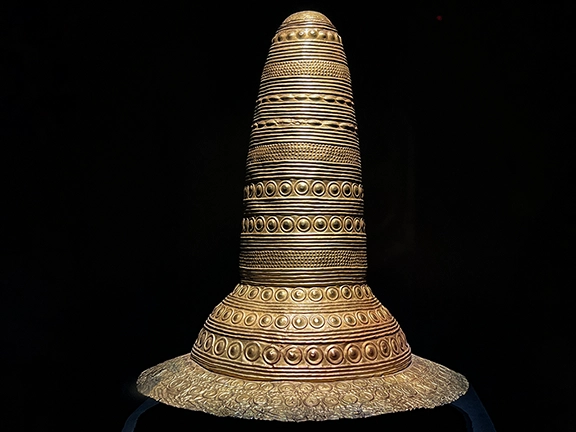 The Golden Hat of Schifferstadt
The Golden Hat of Schifferstadt